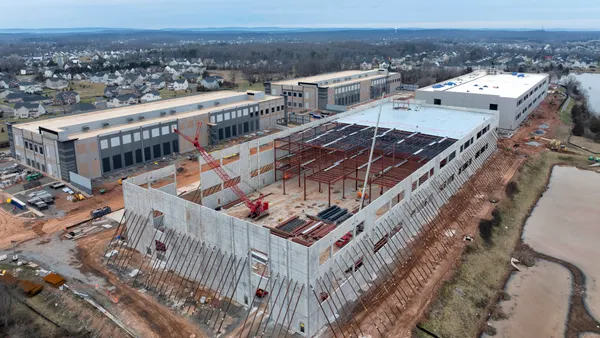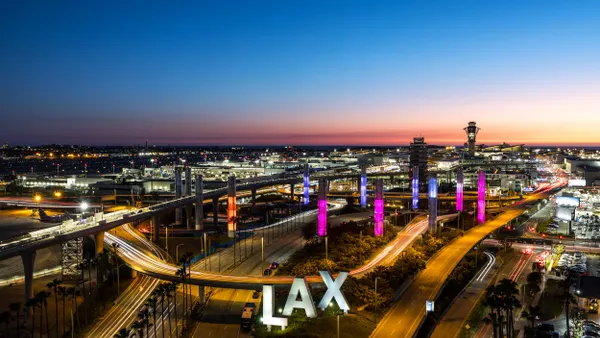Dive Brief:
- In a June 2018 update on the $77 billion bullet train, the California High Speed Rail Authority reported that the project has created 2,000 construction jobs since 2013.
- Crews, according to the authority, have been relocating utilities, demolishing buildings, drilling columns and installing girders. Rail officials said that, as the project expands to the north and south of completed work, it will create thousands of additional construction positions. To date, 21 union halls are represented on the project.
- There are active high-speed rail construction sites, according to the most recent authority business plan, along a 119-mile path through the state's Central Valley area. The authority said this activity has spurred $5 billion to $6 billion of economic activity and created additional work for environmental engineers, planners and designers, including small businesses and companies owned by disabled veterans.
Dive Insight:
The authority painted a picture of the rail as a project with momentum and a source of jobs for years to come in its construction update, but frustrated taxpayers could chart a different course for the bullet train. The results of a poll conducted by the University of Southern California and the Los Angeles Times revealed that only 31% of state voters would favor putting additional state money toward the bullet train, with 49% responding that they would stop construction altogether.
As part of its 2018 business plan, rail officials put a new price tag to the project — $77 billion, which is nearly double what the projected costs were when voters approved a finance deal for a portion of the bullet train through $10 billion in bond sales. That bottom line, however, assumes a funding source for the rest of the project, which the authority does not have as of yet, and the ability of crews to overcome logistical hurdles like digging through a series of mountain ranges north of Los Angeles on a schedule significantly short of that task's estimated 30-year-plus time range. Right now, the authority is projecting a cost of $98 billion to complete the entire route from the San Francisco Bay area to Anaheim, California, but that could increase if the project encounters additional obstacles.
Despite the rail's problems, authority officials in April requested long-term funding through a 20-year extension of the state's greenhouse gas cap-and-trade program, which helps fund the bullet train. Even so, that would not meet the rail's capital needs since the authority only has 30% of the money it needs to finish the project.










